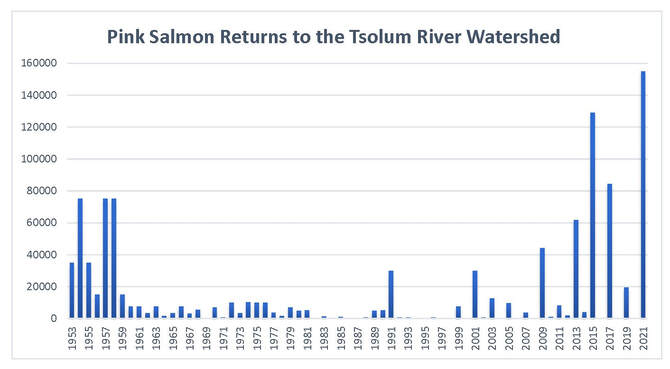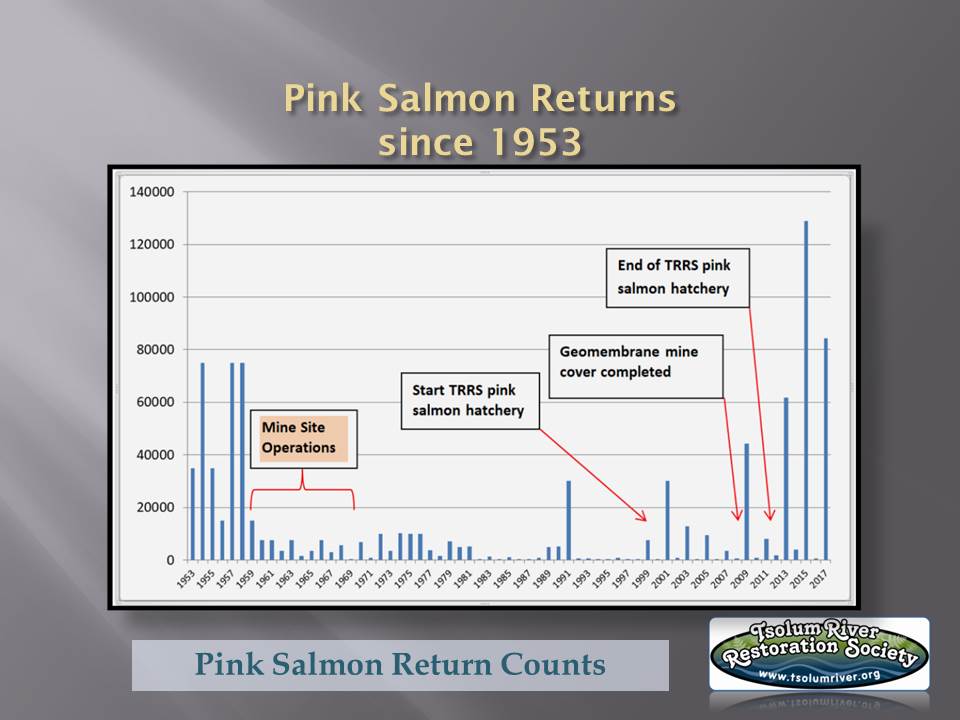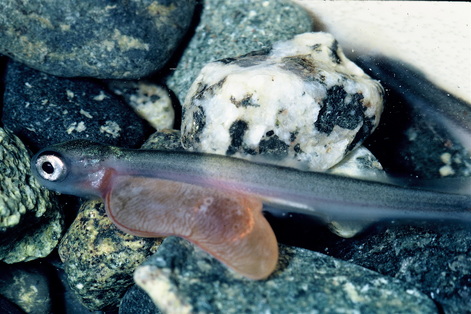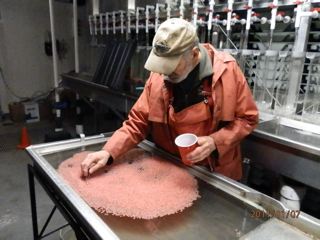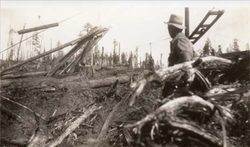Record breaking Pink Salmon Run in 2021 exceeds 155,000!
Fish Stocks from 1953 to 2017
Fish stocks in the Tsolum plummeted in 1959, likely due to extensive logging of first growth forests. The Mount Washington Copper Mine opened in 1964 and operated for three years. DFO ceased pink enhancement operations in 1987. In 1988 the first minesite cover was installed, and in 1991 there was a good pink salmon. An improvement is noticed after the Spectacle Lake Wetland was brought in line and began to “treat” the effluent in 2003. In 2009, after the Bitumen Seal was installed over the minesite, Pink runs increased dramatically. The TRRS operated a Pink enhancement program at the Headquarters Creek DFO hatchery from 1999 to 2013. In 2013 hatchery operations ceased because pink returns were trending upwards. In 2017 the Tsolum River remains closed to all fishing, to allow for further recovery of Steelhead, Cutthroat, and salmon populations. The Tsolum was once famous for its steelhead – perhaps it will be again.
Other challenges to Pink returns include extreme winter flows that can mobilize gravel and disturb incubating eggs.
Other challenges to Pink returns include extreme winter flows that can mobilize gravel and disturb incubating eggs.
Stock Objectives for the Tsolum River are :
- 10,000 chum
- 5,000 coho
- 50,000 pink
- Self-Sustaining trout stocks that will support a sports fishery
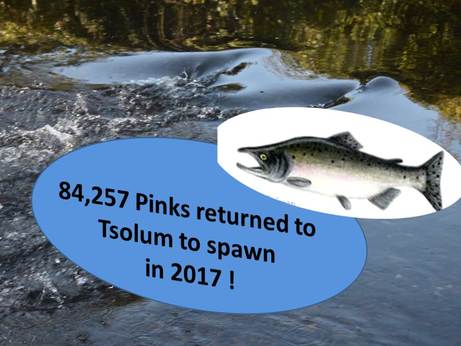
How do we restore healthy populations of salmon and trout back into the Tsolum River?
1. Stabilize gravels
There are two basic methods to accomplish this. One method is to remove accumulated gravel, or to construct bedload traps to naturally collect excess gravels. Click here for more information about the Dove Creek Bedload trap completed in summer 2018. Another method for stabilizing gravel is to plant elevated gravel bars. Click here to find out more about bioengineering plans for the Tsolum River.
2. Improve Rearing Habitat
- Engage in gravel bar planting to create natural scour and deepening in thalwag .
- Restore, re-create and/or preserve wetland throughout the watershed.
- Educate water users about how to reduce water use during critical;y low flows (August-October).
- Restore and protect riparian zones to help regulate water temperatures, provide leaf litter and food source, and to provide cover for fish.
- Engage in practices to retain or add instream large woody debris (LWD) and instream boulder habitat.
- Re-create deep holding pools throughout the watershed by both excavation of in-filled material and restoring natural scour.
Overwinter and Refuge habitat
- Limit land development or land clearing in floodplain, riparian, and off channel areas.
- Encourage construction of off channel ponds to intercept peak flows and maximize infiltration.
- Restore and protect wetlands.

